

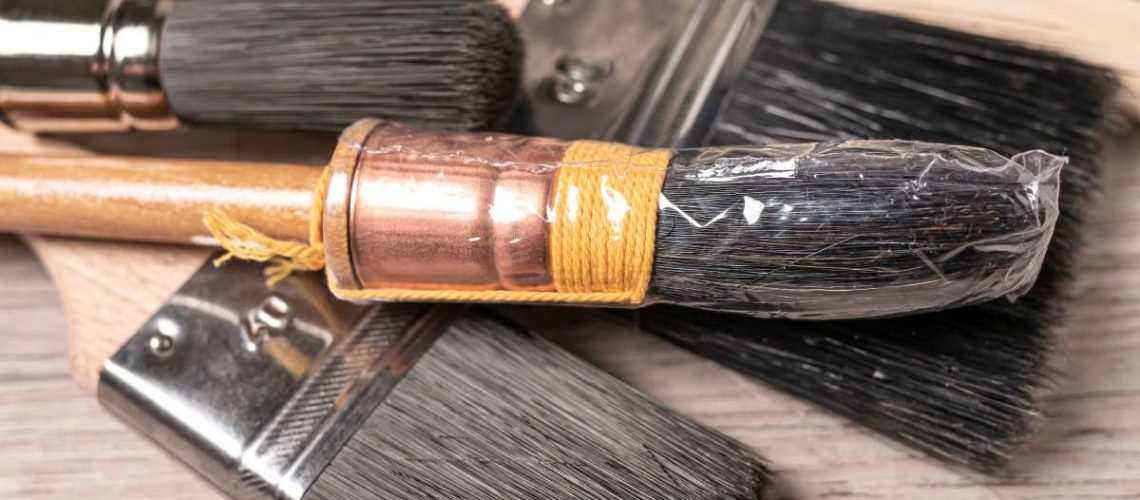
Hand-painting cast iron guttering and pipes is essential in preserving the heritage and charm of historic and listed buildings. Unlike mass-produced finishes, hand-painting honours traditional craftsmanship, using meticulous techniques that were once the standard in architectural preservation. This approach not only enhances the texture and character of each piece but also respects the historical accuracy demanded by conservation guidelines. When carefully hand-painted cast iron, it retains the authentic appearance and subtle irregularities that align beautifully with the building’s original aesthetic. This preservation technique is not just about aesthetics; it’s about respecting the legacy of skilled artisans who crafted these structures in eras past. By choosing hand-painting, we ensure that today’s restoration efforts remain faithful to the building’s origins, creating a seamless blend between past and present that safeguards its historical value for future generations.
Proper preparation is crucial when restoring cast iron guttering and pipes, especially for historic or listed buildings where durability and authenticity are paramount. The process begins with thoroughly cleaning the cast iron to remove any dirt, grease, and remnants of old paint. For pieces with significant paint build-up or rust, stripping techniques, such as gentle scraping or wire brushes, are essential for exposing a smooth, stable surface. Once cleaned, any persistent rust spots should be addressed using a rust converter to halt corrosion and create a suitable base for painting.
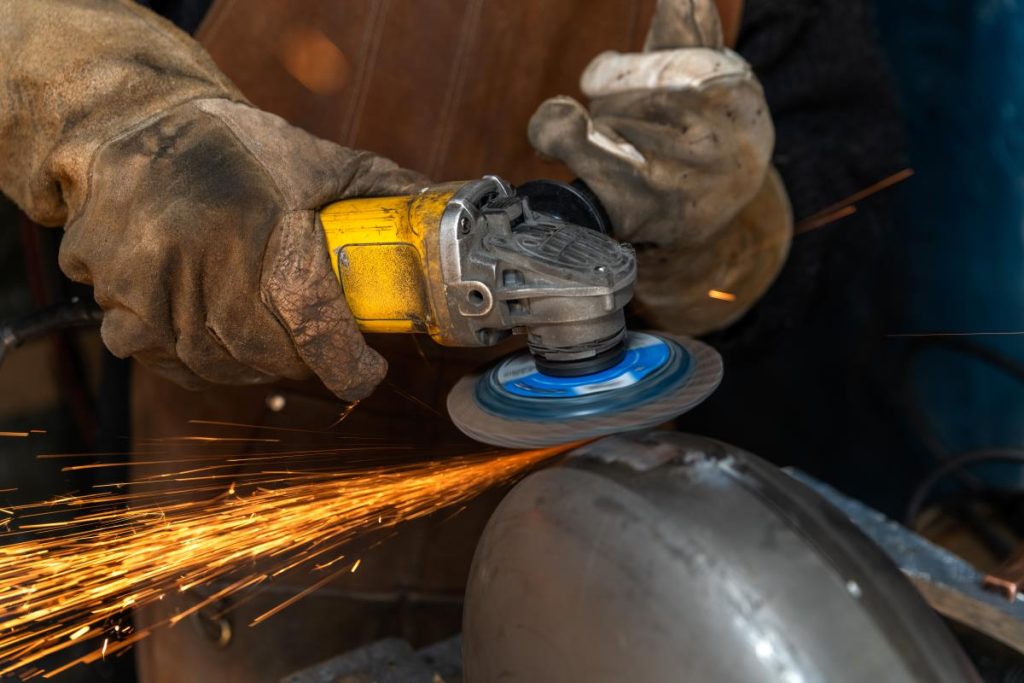
After cleaning, applying a high-quality primer formulated explicitly for metal—ideally one compatible with traditional materials like linseed oil paints—is critical. This primer enhances adhesion for the final paint layer and provides a protective barrier against moisture, ensuring the piece’s longevity in outdoor conditions. With careful cleaning and priming, the cast iron will receive a hand-painted finish that will last for years while retaining the integrity and heritage of the original craftsmanship.
When restoring cast iron elements on historic buildings, selecting the right paint is essential to balance authenticity, durability, and environmental sensitivity. Here’s what to consider when choosing paints for heritage projects:
Linseed Oil Paints: Traditional linseed oil paints are a top choice for historic restoration due to their excellent breathability and flexibility. They adhere well to cast iron and expand and contract with temperature changes, reducing the risk of cracking and peeling over time.
Mineral Paints: Highly durable and eco-friendly, mineral-based paints can be ideal for projects requiring a low-VOC, natural finish. They provide a matte, authentic look that complements the historic character of older buildings.
Rust-Inhibitive Primers: Before applying the topcoat, using a rust-inhibitive primer like Zinser tailored for metal surfaces is critical for outdoor cast iron. These primers create a barrier against moisture, protecting the cast iron from corrosion and ensuring a longer-lasting finish.
Low-VOC and Eco-Friendly Options: Modern low-VOC paints or those made with natural ingredients provide environmentally friendly alternatives without compromising quality, perfect for conservation projects where sustainability is a concern.
Authentic Colours: Period-appropriate colours are essential for listed or historically significant buildings. Many traditional paint brands offer heritage colour palettes, ensuring the finished work reflects the original aesthetic.
By giving priority to these elements, you can achieve a finish that respects the building’s historic appearance, endures over time, and complies with modern environmental standards.
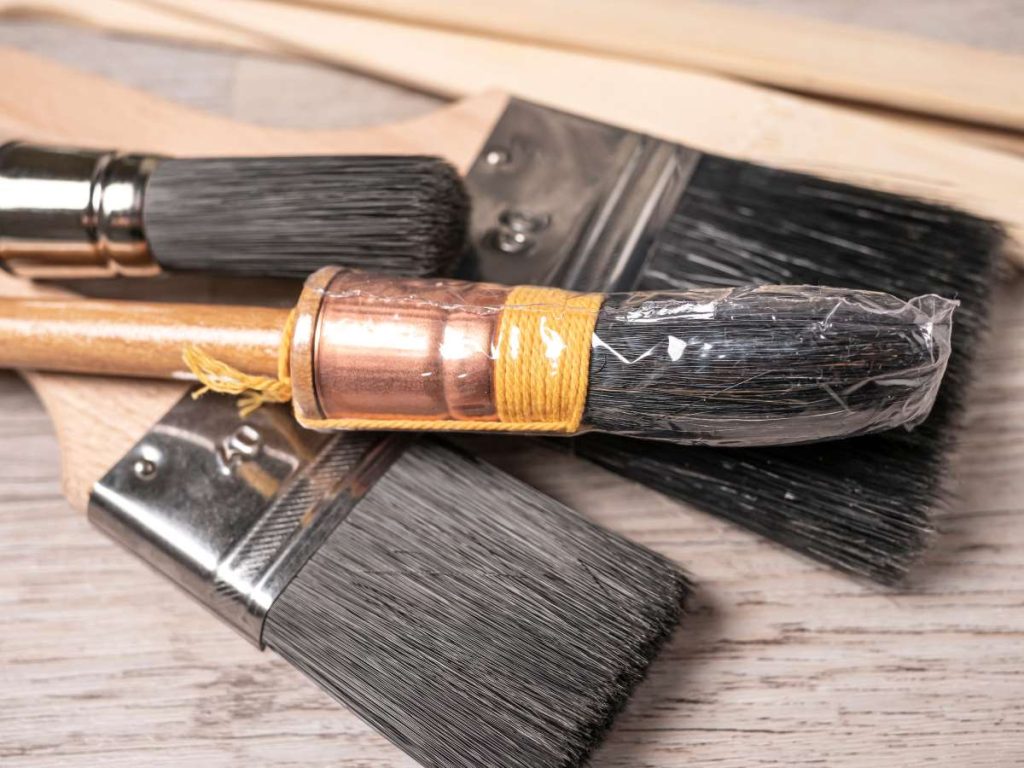
The hand-painting process for cast iron elements requires skill and precision to achieve a smooth, even coat that enhances appearance and durability. Begin by selecting a high-quality, natural-bristle brush suited for oil-based or traditional paints, as this ensures better control and coverage on intricate cast iron surfaces. Apply thin, even layers, allowing each coat to dry thoroughly before proceeding to the next. This layered approach helps build a resilient finish without obscuring the original texture and detailing of the cast iron. Try to brush in one direction with steady strokes to minimise streaks and visible brush lines.
Common pitfalls include overloading the brush, which can lead to drips, and rushing the drying process, which compromises the durability of the finish. By taking a deliberate, layered approach, you create a professional, lasting finish that respects the piece’s authenticity.
Weatherproofing cast iron guttering and pipes is essential for long-lasting protection against rain, frost, and sun exposure. After the final layer of paint has been applied and thoroughly dried, a weather-resistant sealant can be added to create a protective barrier against moisture. This is especially beneficial for outdoor installations that face continuous exposure to the elements. Linseed oil-based finishes are excellent for historic projects, as they naturally penetrate the iron and offer a flexible, breathable layer that doesn’t trap moisture, which can lead to rust. Regular inspections are also recommended, particularly after winter, to catch and touch up any signs of wear or damage before they escalate. For cast iron fixtures, investing in quality paints and protective topcoats, along with routine maintenance, helps preserve their beauty and structural integrity, keeping them resilient for years.
Regular maintenance is key to preserving the charm and longevity of historic buildings’ cast iron guttering and pipes. Begin with biannual inspections, ideally in spring and autumn, to identify any signs of rust, peeling paint, or structural damage. Early detection of rust spots allows for swift treatment with a rust converter, preventing further corrosion. Loose or chipped paint should be gently sanded and retouched to maintain a seamless, weather-resistant surface. It’s also crucial to clear gutters and pipes of any debris, as trapped leaves and water can lead to rust and blockages that compromise the structure’s integrity. Applying a fresh coat of paint every five to seven years, using traditional materials like linseed oil paint, helps reinforce the protective barrier. By dedicating time to these simple upkeep practices, you’ll protect the beauty and durability of historic cast ironwork for generations.
When working with cast iron on listed buildings, adhering to heritage standards and conservation guidelines is essential to preserve the structure’s historical integrity. Many heritage agencies, including Historic England and local conservation authorities, have strict requirements for materials and methods used in restoration. For instance, the choice of paint should ideally match the original materials; linseed oil-based paints are often recommended for their authenticity and compatibility with historic cast iron. Surface preparation and hand-painting techniques
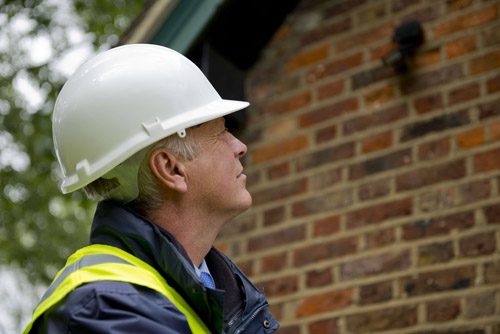
essential to ensure repairs blend seamlessly with the original work. Avoid modern, synthetic paints or shortcuts that might alter the building’s character or trap moisture, leading to future damage. It’s also beneficial to consult with conservation experts or local heritage officers to confirm that all restoration methods meet regulatory standards, ensuring the work respects and sustains the building’s heritage for future generations.
Investing in quality restoration for cast iron guttering and pipes is more than just upkeep; it’s a commitment to preserving the historic character and legacy of heritage properties. Hand-painting cast iron with traditional materials and techniques honours the craftsmanship of the original builders, ensuring that every element reflects the building’s authentic charm.
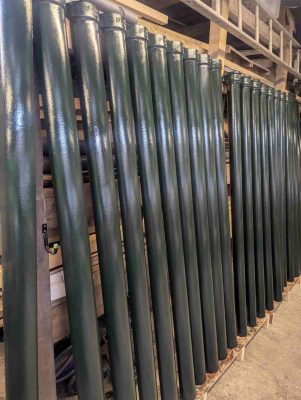
Quality restoration enhances durability and protects the architectural heritage, allowing these details to endure beautifully for decades. This approach adds lasting value, making the property a true testament to history for future generations. Property owners help safeguard the cultural heritage embedded in these structures by prioritising skilled, thoughtful restoration, enriching the property and the historic landscape it contributes to.
Indeed, there’s an additional section to highlight Tuscan Foundry’s paint finishing expertise, our commitment to quality, and the benefits of using linseed oil paints for heritage projects:

At Tuscan Foundry, we pride ourselves on providing premium paint-finishing services tailored to heritage properties. Our finishing factory is dedicated to preserving the charm and character of cast iron guttering, pipes, and other architectural elements for historic and listed buildings. Skilled artisans oversee every stage of the hand-painting process, ensuring each piece meets the high standards of quality and authenticity required by our discerning clients and conservation guidelines.
Our craftsmen meticulously hand-paint each piece, using time-honoured techniques that honour the original artistry found in historic buildings. This hands-on approach not only preserves the unique texture of cast iron but also gives each item a refined, protective finish that machine painting cannot achieve. Every stroke is an investment in preserving the heritage and longevity of the structure, capturing the enduring appeal of handcrafted quality.
We use linseed oil paints for many of our projects, a traditional choice well-suited for heritage properties. Linseed oil paint, crafted from natural flaxseed oil, penetrates deep into the cast iron’s surface, forming a highly durable and breathable layer. Unlike modern paints, linseed oil paint flexes with temperature changes, making it ideal for outdoor applications where seasonal expansion and contraction can challenge paint integrity.
Linseed oil paints are especially prized for their environmental benefits and compatibility with conservation guidelines, as they contain minimal synthetic ingredients and support the building’s “breathability”—a key factor in preserving older structures.
Our Process: Precision and Passion
We follow a careful, multi-stage process at Tuscan Foundry’s finishing factory. Each piece of cast iron is thoroughly cleaned, primed with a compatible primer, and then skillfully painted by hand with linseed oil paint in layers. This ensures optimal adhesion and lasting beauty with a finish that enhances both the durability and authenticity of the cast iron components. We aim to protect and improve, delivering a result that has always belonged to the building’s original aesthetic.